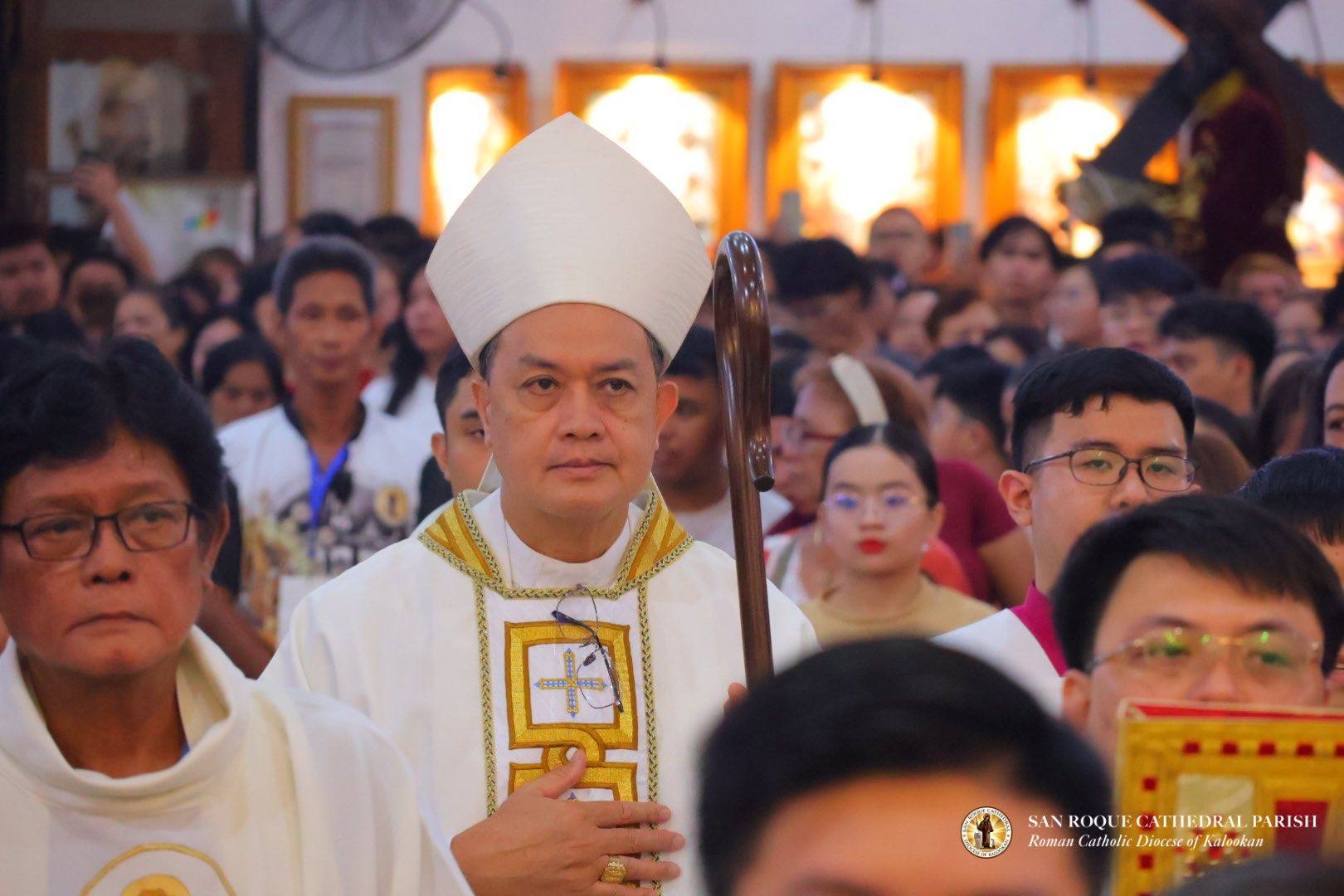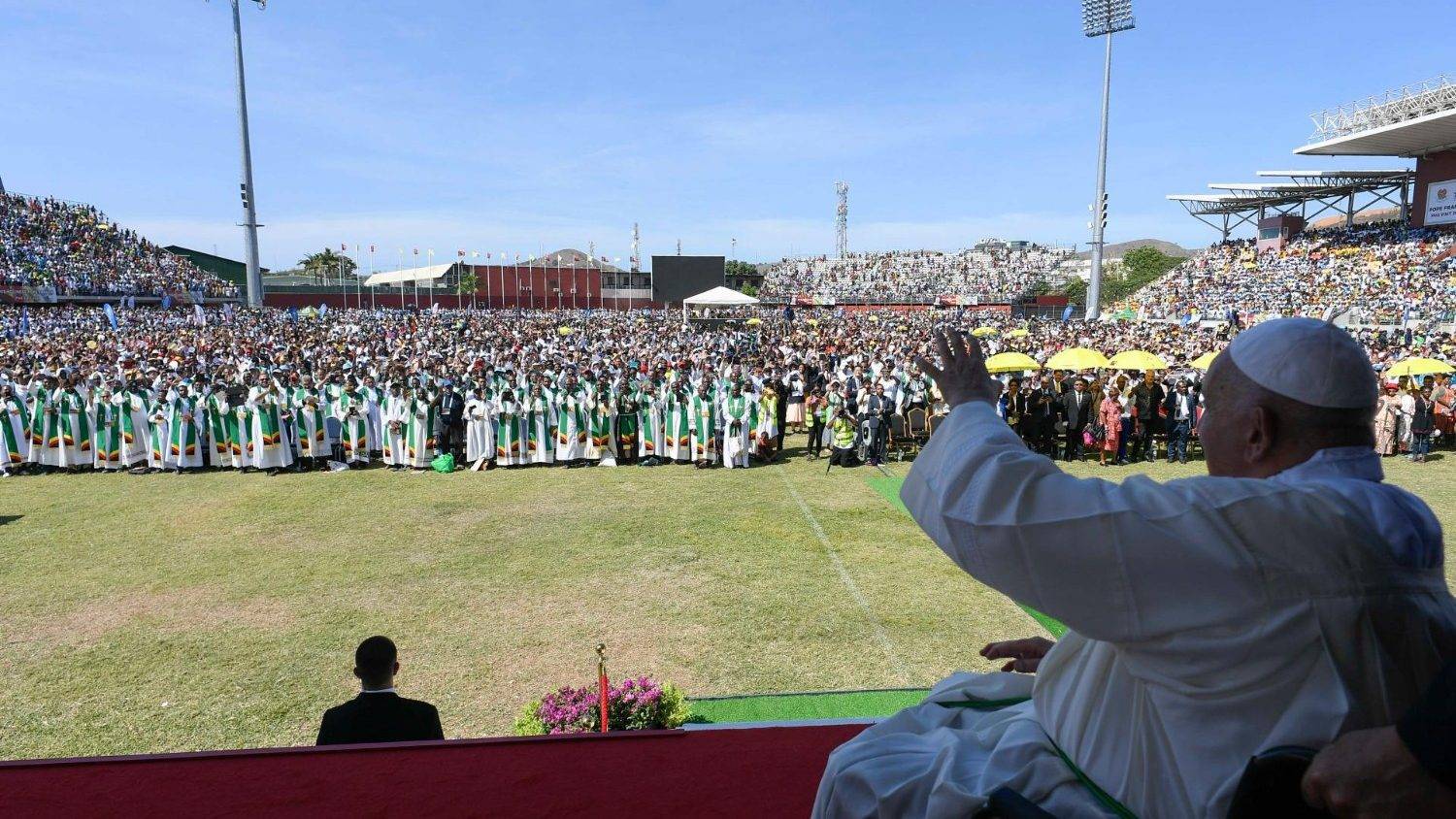GOA, India — Goa, a former Portuguese colony that now ranks as having one of the most famous beaches in India, is continuing to promote Christianity in Asia as part of its colonial legacy, retired Archbishop Raul Gonsalves said.
The 91-year-old archbishop believes Jesuit missionaries, who have been based on the subcontinent’s southwest coast since the 16th century, still are having a ripple effect across the entire continent, despite alleged attempts to “ethnically cleanse” the area of Catholics in the past.
Gonsalves said Goa has produced bishops for a number of countries because of the strong sense of faith instilled in families in the region, reported ucanews.com.
Goa, a tiny Indian state, has produced about 60 bishops and cardinals for India, Pakistan and Africa, said Father Joaquim Loiola Pereira, secretary to Archbishop Filipe Neri da Rosario Ferrao of Goa and Daman.
The archdiocese was created in 1533, 23 years after the Portuguese conquered the state by defeating its then-Muslim ruler Ismail Adil Shah.
The first priest from Goa, Father Andre Vaz, was ordained in 1558 amid a general feeling among colonial missionaries that locals were “unworthy” of becoming priests, Pereira said.
The first bishop from the state was Matheus de Castro, who was ordained in 1637.
Since then bishops from Goa have led several Indian dioceses because Goa is a hub of Christianity in India after Kerala, Pereira said.
About 500,000 of Goa’s 1.8-million residents identify as Catholic while in nearby Kerala about 5 million of its 36 million people are Catholics, and another 1 million are from other Christian denominations.
But the impact of these two states on global religious affairs has been super-sized.
For example, there are now 80 bishops serving in various posts around the world who were born in Kerala. More than half of those bishops — 50 — serve in the state’s 41 dioceses.
Such was not always the case, however. During the colonial era they were prohibited from evangelizing outside of the state, which severely crimped their influence.
In fact, the number of Kerala-born prelates only began to increase after the Second Vatican Council, which stressed the mandate of every church to go forth and spread the word of their faith.
In contrast the Portuguese, who ruled Goa for 450 years with a history comparable to that of the British in India, came with a mandate for missionary expansion. They were joined by Franciscan, Dominican, Jesuit and Augustinian missioners.
“They went on a missionary expansionist spree through Goa to South Africa, Japan and China,” Pereira said.
The missionary spirit can still be seen in a number of bishops and cardinals who remain active in India and Pakistan but who trace their roots to Goa.
The latest example would be Cardinal Joseph Coutts of Karachi, who received his red hat June 28. He is the fifth cardinal with roots in Goa. The group includes Cardinal Oswald Gracias of Mumbai, India.
Meanwhile, in Pakistan two prelates have been made cardinals and both men — Cardinals Joseph Cordeiro and Coutts — also have their roots in Goa. Such a connection dates to the colonial era when Karachi posed as the closest “friendly” seaport and air link to Pakistan.
At the time of a blockade during the final years of colonial rule, thousands of Goan families headed to Pakistan with plans to then venture on to Africa and other countries. However, some decided to stay there.
Later, before British India was carved up to create Pakistan in 1947, thousands of people from Goa traveled, worked and settled in large cities like Karachi.
After India was partitioned, many could not return to their ancestral homes in Goa, where their assets were frozen and deemed “property of the enemy.”
While many religious figures from Goa have risen to prominence, the leading prelate from the region to capture the limelight was Bishop Altino Ribeiro de Santana, the state’s first bishop.
He was born in Porvorim and ordained a priest in October 1938. He became the first priest from Goa Archdiocese to be appointed a bishop in 1955 at age 39.
While Goa has many famous spots, the village of Aldona is notable for having served as the birthplace of no fewer than six prelates including Coutts, Ferrao, retired Archbishop Evarist Pinto of Karachi, and Archbishop Anil Couto of New Delhi, India, a cousin of Coutts.
Pereira said Goa’s abundant priestly vocations stem in part from the practice of families in the region traditionally “offering one child to God.”
Gonsalves said it also relates to a different system of praying in Goa.
In the past, he told ucanews.com, Catholics in Goa would pray to God to help them fulfill God’s wishes, whereas today they ask that God help them carry out what they see as their mandate in life.















